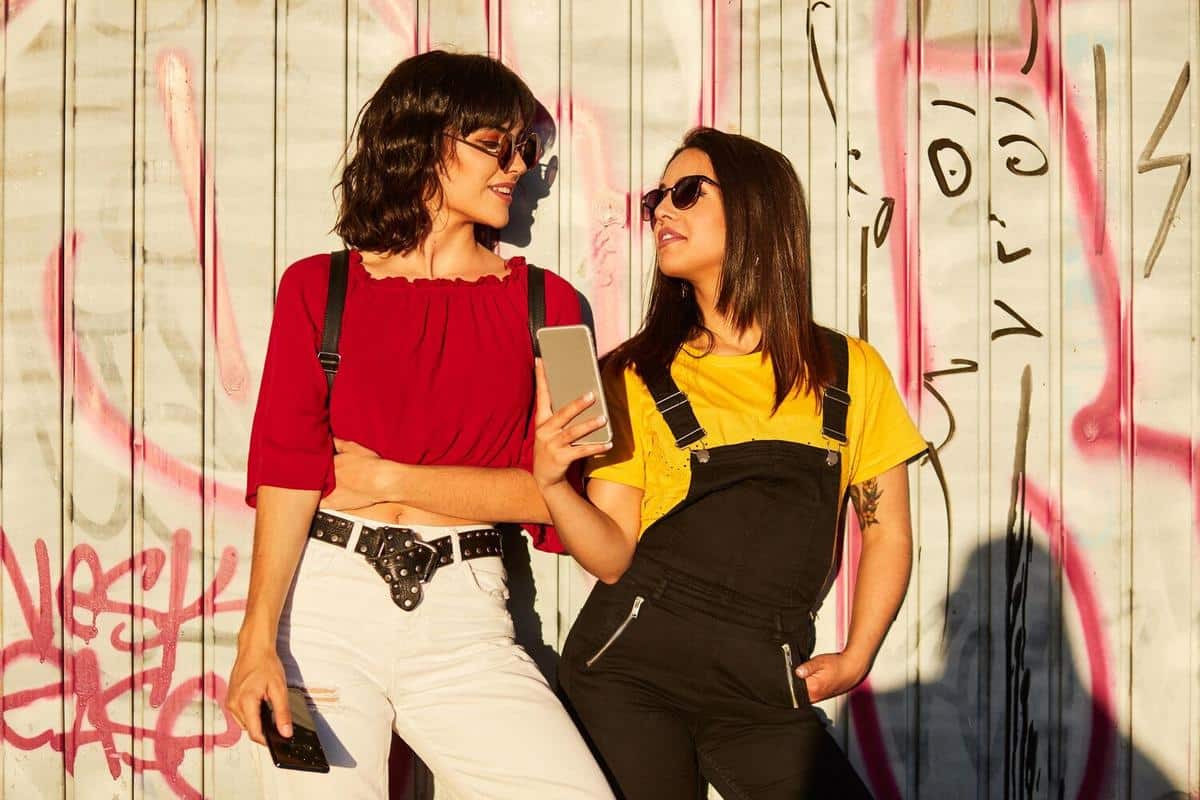
The Renaissance of Vintage Clothing and Its Cultural Significance
Vintage clothing is experiencing a vibrant resurgence, capturing the hearts of fashion enthusiasts and sustainability advocates alike. This cultural shift not only reflects a growing appreciation for unique styles but also highlights the broader environmental and social consciousness shaping modern fashion.
The Revival of Vintage Fashion
The demand for vintage clothing has soared in recent years, with many individuals turning to second-hand stores, online marketplaces, and thrift shops to find unique pieces that tell a story. According to a report from ThredUp, the second-hand market is expected to reach $77 billion by 2025, outpacing the traditional fashion sector. This shift is not just about nostalgia; it’s a cultural movement driven by several important factors.
Expert Insights
Fashion historian Valerie Steele notes that vintage clothing allows people to express their individuality in a world dominated by fast fashion. By choosing vintage, consumers can create a personal style that is both timeless and distinctive.
Cultural Significance and Sustainability
The renaissance of vintage clothing is closely tied to the sustainability movement. As awareness of the environmental impact of fast fashion grows, more people are seeking alternatives that reduce waste. Vintage clothing offers a sustainable choice, as it extends the life cycle of garments and minimizes the need for new production.
Personal Anecdotes and Examples
Consider the story of Emily, a vintage fashion enthusiast who turned her passion into a business. She curates collections of vintage pieces that resonate with her customers, offering them a chance to own a piece of history. Her journey reflects a broader trend of individuals finding creative ways to integrate vintage fashion into their lives.
Actionable Tips for Embracing Vintage Fashion
- Start small: Begin with accessories or staple pieces to ease into vintage fashion.
- Do your research: Learn about different eras and styles to better identify quality items.
- Visit estate sales: These can be treasure troves for unique finds.
- Mix and match: Combine vintage pieces with modern clothing to create a balanced look.
Comparison Table: Vintage vs. Modern Fashion
| Aspect | Vintage Fashion | Modern Fashion |
|---|---|---|
| Uniqueness | High | Varies |
| Environmental Impact | Low | High |
| Cost | Varies (often affordable) | Varies (often expensive) |
| Style Options | Diverse | Trend-driven |
| Quality | Often high | Varies |
| Availability | Limited | Abundant |
| Historical Value | High | Low |
| Customization | High | Low |
Frequently Asked Questions
Why is vintage clothing becoming popular again?
People are drawn to vintage clothing for its uniqueness, quality, and the sustainable choice it represents in today’s eco-conscious society.
What should I look for when buying vintage items?
Look for signs of quality such as stitching, fabric integrity, and unique design features. Also, research the era to understand the historical context.
How can I style vintage pieces with modern fashion?
Mixing vintage with modern pieces can create a unique style. Pair a vintage blouse with modern jeans or accessorize contemporary outfits with vintage jewelry.
Conclusion
The resurgence of vintage clothing is more than a fashion trend; it’s a cultural phenomenon reflecting broader societal shifts towards sustainability and individuality. By embracing vintage fashion, consumers can enjoy unique styles while contributing positively to the environment. Whether you’re a seasoned vintage lover or just beginning your journey, the world of vintage fashion offers endless opportunities to express creativity and make a meaningful impact.